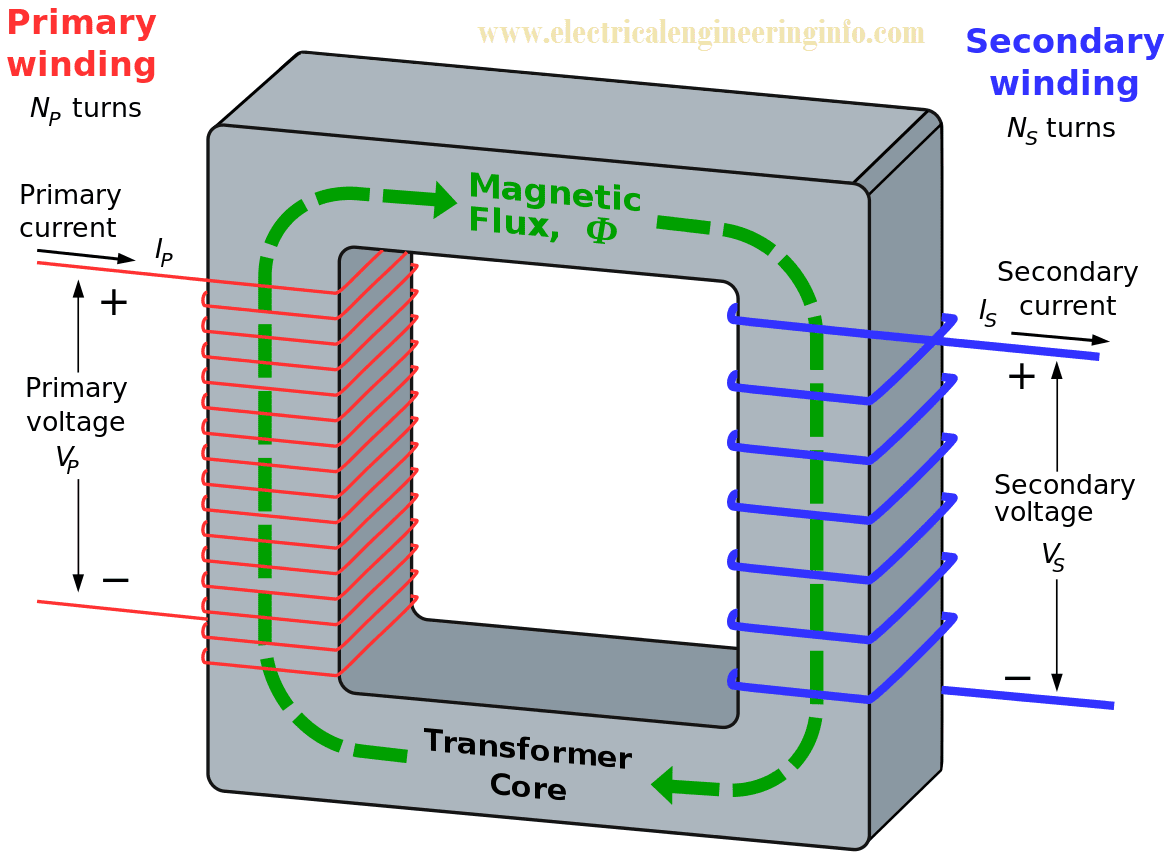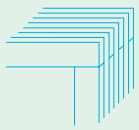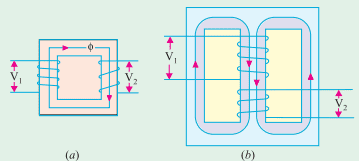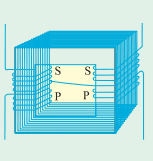Electrical Power Transformer :
Here we will discuss transformer, working principle of transformer and construction of transformer.Before knowing about transformer we need to know what is Mutual induction principle.It can be defined that when two coils are coupled(placed close to each other), due to change in current of one coil, an emf is induced in another coil.So this is the basic working principle of transformers.So this principle is used in the power transformer also.Let me explain it in detail here below.
Must Read:
Working Principle of a Transformer:
Working principle of electrical power transformer is very easy, it is similar to that of mutual induction.A transformer is a static (or stationary) piece of apparatus by means of which electric power in one circuit is transformed into electric power of the same frequency in another circuit.It can raise or lower the voltage in a circuit but with a corresponding decrease or increase in current.The physical basis of a power transformer is mutual induction between two circuits linked by a common magnetic flux. In its simplest form, it consists of two inductive coils which are electrically separated but magnetically linked through a path of low reluctance as shown in the figure below.
The two coils possess high mutual inductance.If one coil is connected to a source of alternating voltage, an alternating flux is set up in the laminated core, most of which is linked with the other coil in which it produces mutually-induced e.m.f. (according to Faraday’s Laws of Electromagnetic Induction e = M.dI/dt).If the second coil circuit is closed, a current flow in it and so electric energy is transferred (entirely magnetically) from the first coil to the second coil.The first coil, in which electric energy is fed from the a.c. supply mains is called primary winding and the other from which energy is drawn out, is called secondary winding.In brief, a power transformer is a device that
1. transfers electric power from one circuit to another
2. it does so without a change of frequency
3. it accomplishes this by electromagnetic induction and
4. where the two electric circuits are in the mutual inductive influence of each other.
Construction of Transformer :
The power transformer consists of two coils having mutual inductance and a laminated steel core.The two coils are insulated from each other and the steel core.Other necessary parts are some suitable container for assembled core and windings; a suitable medium for insulating the core and its windings from its container; suitable bushings (either of porcelain, oil-filled or capacitor-type) for insulating and bringing out the terminals of windings from the tank.
In all types of power transformers, the core is constructed of transformer sheet steel laminations assembled to provide a continuous magnetic path with a minimum of air-gap included.The steel used is of high silicon content, sometimes heat treated to produce a high permeability and a low hysteresis loss at the usual operating flux densities.The eddy current loss is minimised by laminating the core, the laminations being insulated from each other by a light coat of core-plate varnish or by an oxide layer on the surface.
The thickness of laminations varies from 0.35 mm for a frequency of 50 Hz to 0.5 mm for a frequency of 25 Hz.The core laminations (in the form of strips) are joined as shown in Figure.It is seen that the joints in the alternate layers are staggered in order to avoid the presence of narrow gaps right through the cross-section of the core.Such staggered joints are said to be ‘imbricated’.
Constructionally, the transformers are of two general types, distinguished from each other merely by the manner in which the primary and secondary coils are placed around the laminated core.The two types are known as
(i) core-type transformers
(ii) shell-type transformers
Another recent development is spiral-core or wound-core type, the trade name being Spiral Core transformer.In the so called core type transformers, the windings surround a considerable part of the core whereas, in shell type transformers, the core surrounds a considerable portion of the windings as shown schematically in the figures(a) and (b) respectively.
In the simplified diagram for the core type transformers, the primary and secondary winding are shown located on the opposite legs (or limbs) of the core, but in actual construction, these are always interleaved to reduce leakage flux.As shown in Figure, half the primary and half the secondary winding have been placed side by side or concentrically on each limb, not primary on one limb (or leg) and the secondary on the other.
In both core and shell-type transformers, the individual laminations are cut in the form of long strips of L’s, E’s and I’s as shown in the figure.The assembly of the complete core for the two types of transformers is shown in figures below.
As said above, in order to avoid high reluctance at the joints where the laminations are butted against each other, the alternate layers are stacked differently to eliminate these joints as shown in Figures below.






